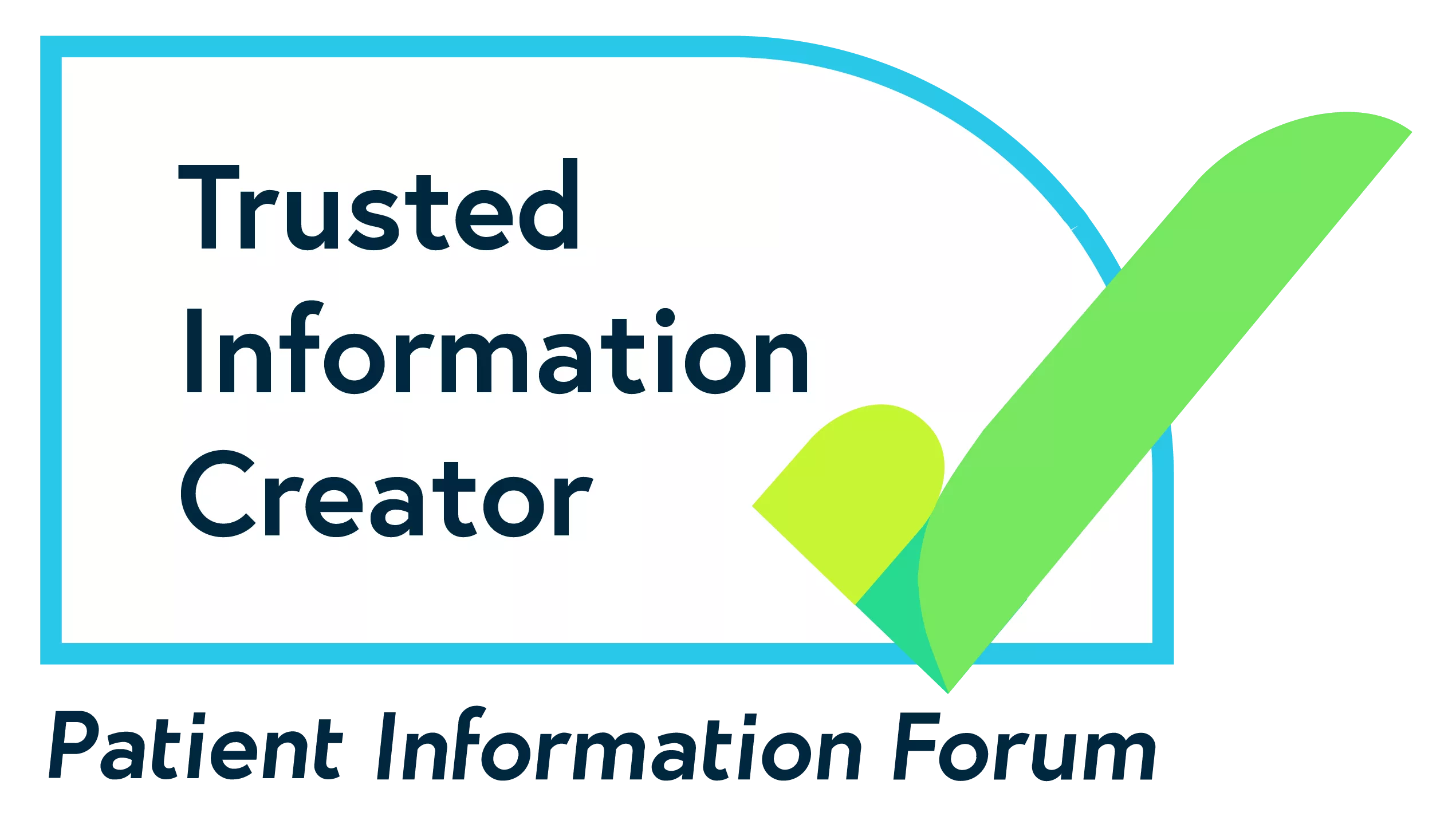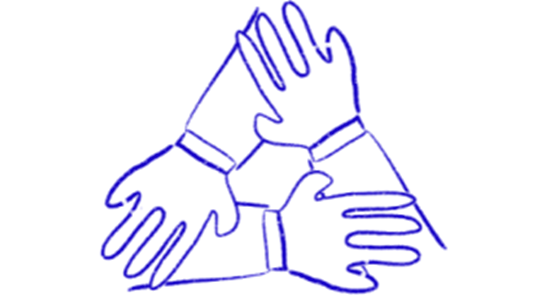Herbal remedies
Explains what herbal remedies are, what they're used for and how they're licensed.
What are herbal remedies?
Herbal remedies are substances that come from plants. They come in various forms, such as capsules, teas, liquid drops or skin creams. You can get them at health food shops, supermarkets, pharmacies and from herbal practitioners.
Some may be referred to as 'supplements'. Others may be referred to as 'medicines', which means they aim to treat, cure or prevent a diagnosed health problem.
Often herbal remedies are part of alternative approaches to healthcare, such as Ayurvedic medicine and Traditional Chinese medicine (TCM).
What are they used for and do they work?
There are lots of different types of herbal remedies that aim to help with different health conditions or help with your wellbeing. Some of the most common ones in the UK are:
- chamomile, lavender or valerian remedies for sleep and relaxation
- St John's wort for depression
- chaste berry for PMDD and premenstrual syndrome.
Not all herbal remedies have been researched equally, and some have more scientific evidence to show how they work than others. However, many people find certain herbal remedies help them as part of self-care or managing symptoms.
I enjoy chamomile tea. I tend to drink it when stressed, anxious, or wanting to try wind down and relax. I do find it helps, because hot drinks are soothing. I really like the smell too, which feels comfy and helps me sleep.
How are they different from psychiatric drugs?
Unlike psychiatric medication, most herbal remedies are:
- based on long-standing traditional use (not based on scientific research studies using clinical trials)
- available to buy over-the-counter without a doctor's prescription
- not typically offered by NHS doctors (because there is not enough reliable evidence that they are effective at treating mental health problems)
- licensed under a different licensing scheme
- occasionally prepared 'bespoke' (specifically for you based on your needs) by a herbal practitioner.
I like calming essential oils like lavender dotted about on soft furnishings and clothes.
How are they licensed?
Products that contain herbal ingredients are licensed differently depending on whether they are considered a:
- herbal medicine, such as St John’s wort
- food, such as some herbal teas
- cosmetic, such as skin creams that contain herbal ingredients.
Bespoke herbal remedies, which are prepared by herbal practitioners, are not licensed.
Herbal medicines sold in supermarkets, pharmacists and health shops in the UK are licensed by the Medicines & Healthcare products Regulatory Agency (MHRA). Even though this is the same organisation that licenses other kinds of drugs, including psychiatric medications, herbal medicines are covered by a different registration scheme. This is the Traditional Herbal Medicines (THR) Registration scheme.
Under this scheme, a medicine can be registered without going through clinical trials (like they would for prescription drugs). It just needs to show that it:
- has been used as a traditional medicine for a long time
- is only used to treat minor health conditions.
All licensed herbal medicines should be marked with the registration mark shown here:
![]()
This indicates that the herbal medicine is safe to an acceptable standard, provided it is used according to the instructions on the packaging. It should also have a registration number, starting with the letters 'THR'. You can find a list of which herbal medicines have been licensed on the Gov.uk website.
Some herbal ingredients are banned in the UK. You can find information on these on the Medicines & Healthcare products Regulatory Agency (MHRA) website.
When might they be unsuitable for me?
Although herbal remedies are easily available to buy without a prescription, some may not be suitable for you, or could be harmful. For example if you:
- have another physical or mental health problem which could be made worse by taking a herbal remedy, particularly a health condition that affects your kidneys or liver
- are pregnant or breastfeeding
- are taking any other medications, including psychiatric medications, as they may interact badly
- are allergic to any of the ingredients
- take too much, or don't take them as instructed on the packaging
- are due to have surgery (some herbal remedies can interfere with anaesthetic)
- are buying your medication online (different countries have different rules on regulating herbal products and there are risks that the product could be fake, unlicensed or contaminated)
- take a remedy that is not licensed (for example, some unlicensed Traditional Chinese and Ayurvedic herbal medicines contain toxic levels of mercury and lead).
Plants and herbal remedies can be fantastic. Just check in with the pharmacy if you're taking medications to be sure they won’t negatively impact medications you're taking.
What is a herbal practitioner?
Herbal practitioners play an established role in herbal medicine, Traditional Chinese medicine (TCM) and Ayurvedic medicine. But currently there are no rules around who can call themselves a herbal practitioner. You can practise without having any related experience or qualifications.
However, there are several voluntary registers which require certain standards of practice and education. So if you want to find a herbal practitioner, it's a good idea to find someone through one of these registers:
Bespoke herbal preparations
After holding a consultation with you, a herbal practitioner may make you their own herbal preparation to take. Typically these are made from different parts of plants, minerals and sometimes metals. However, because these preparations are not licensed it's not possible to be sure what's in them, or in what dose.
It is important to discuss any concerns with your doctor, pharmacist or herbal practitioner. For example, you might ask:
- what is in the preparation
- how it might make you feel
- what side effects you should expect
- what you should do if you experience side effects that you were not told about.
For more guidance see our pages on:
- what to know before taking medication
- receiving the right medication for you
- coping with side effects
- the Yellow Card scheme (for how to report side effects from any medication, including herbal remedies).
There is also some NHS information on herbal medicines.
This information was published in January 2022. We will revise it in 2025.
References and bibliography available on request.
If you want to reproduce this content, see our permissions and licensing page.












